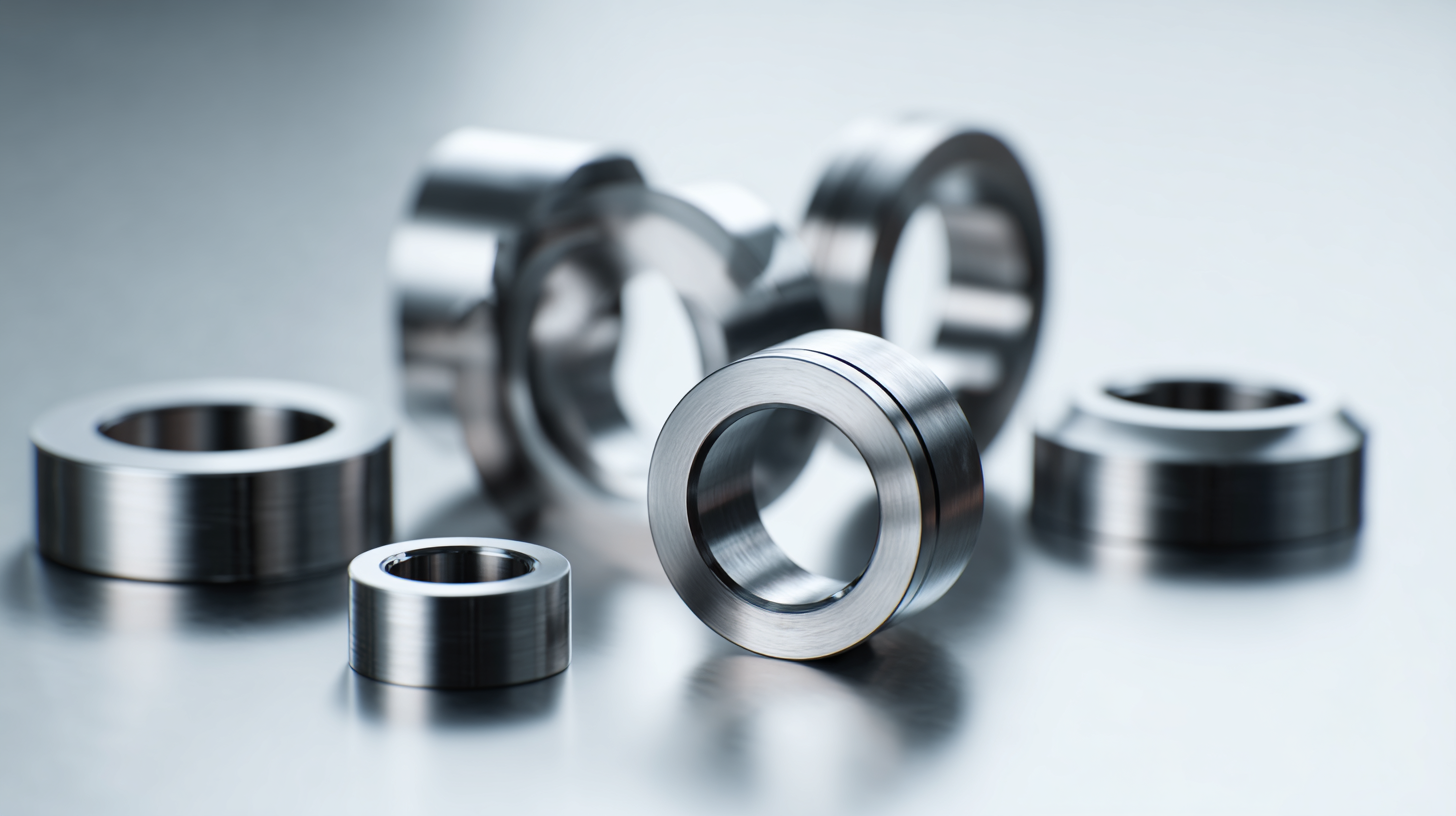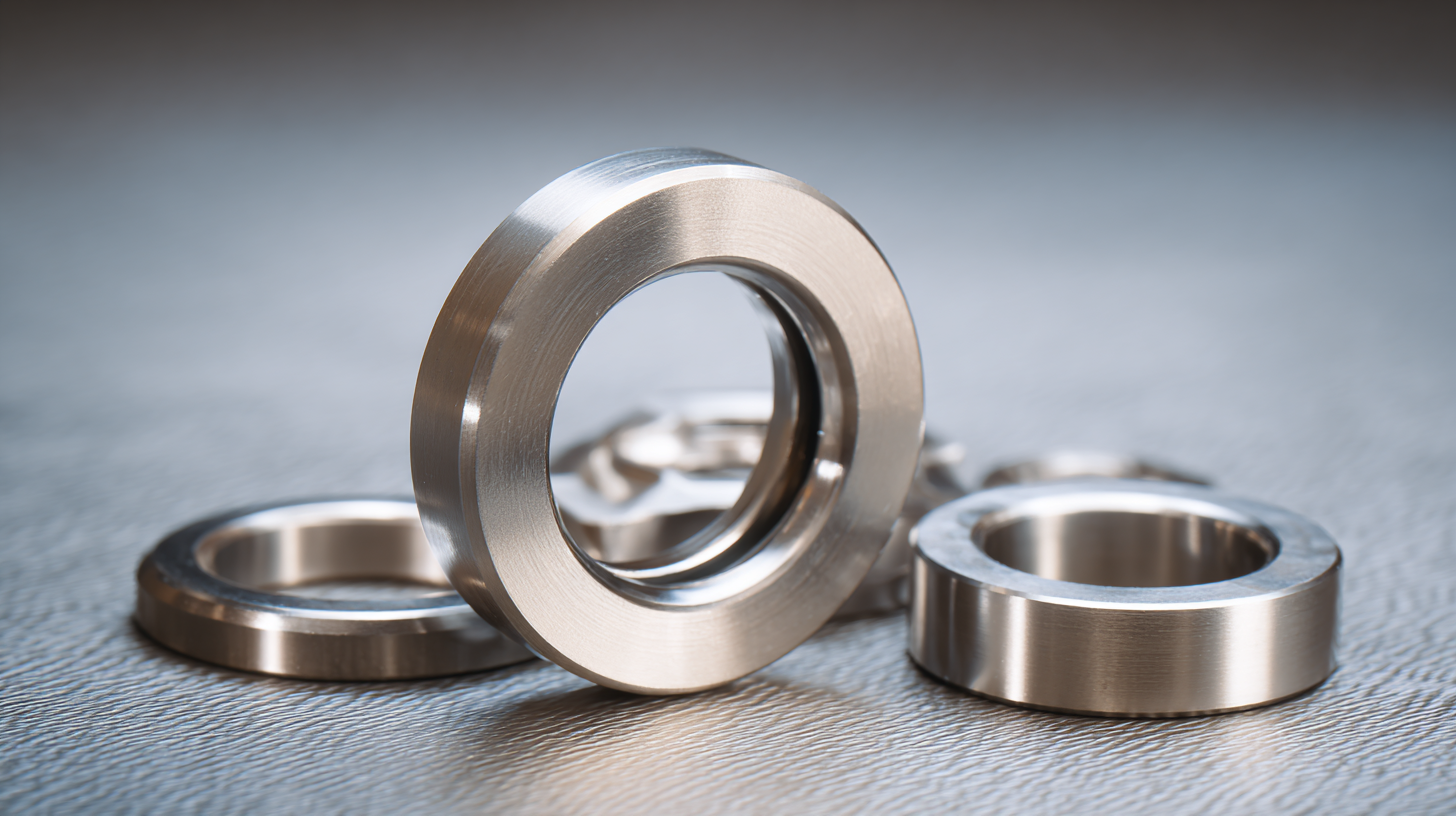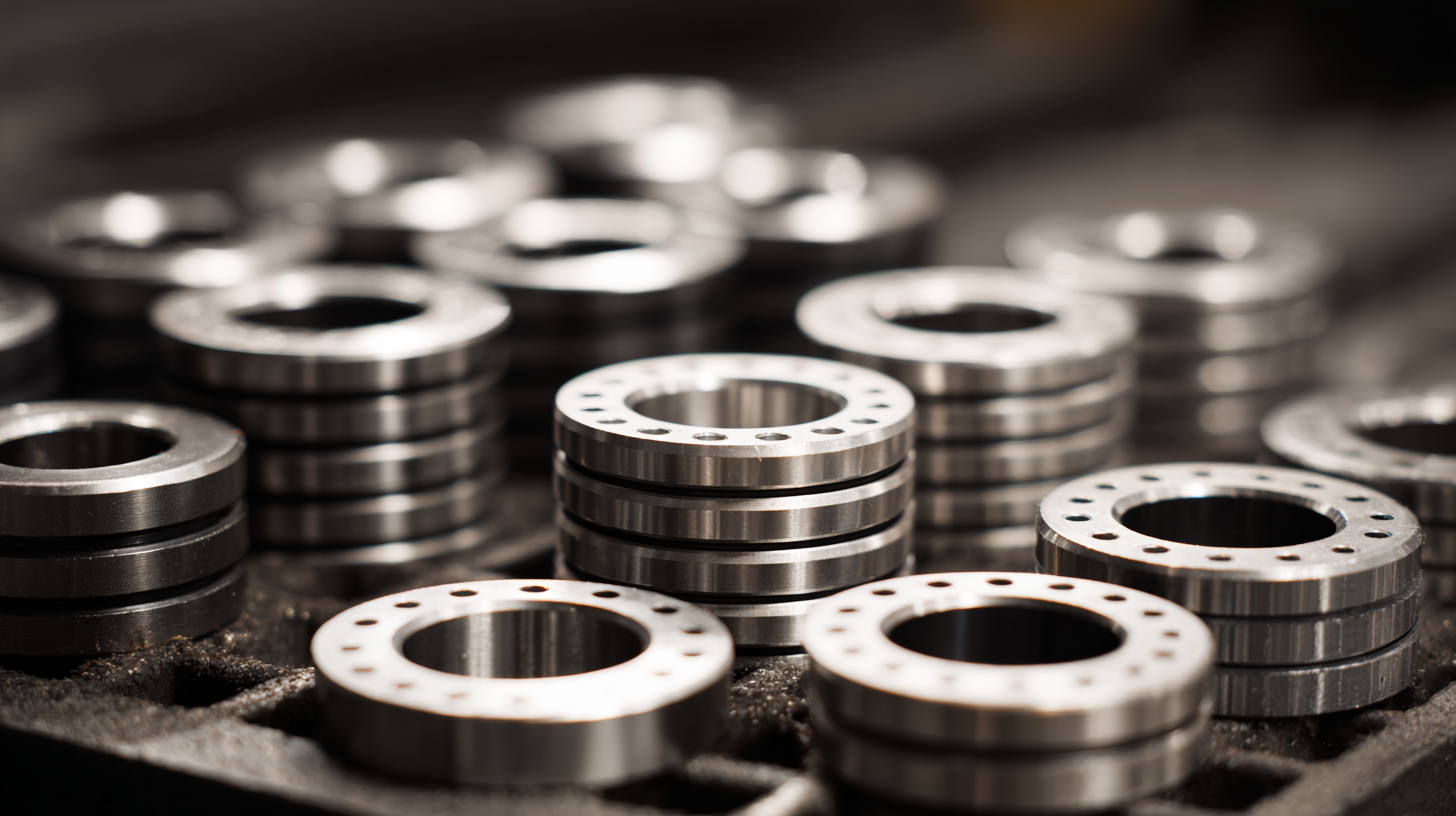In the ever-evolving industrial landscape, the demand for high-performance sealing solutions has never been more critical, particularly in sectors such as automotive, aerospace, and manufacturing.
 Stainless gaskets, known for their durability, corrosion resistance, and ability to withstand extreme temperatures, are vital in ensuring reliable operations and preventing leakage.
According to a recent report by MarketsandMarkets, the global gasket market is projected to grow from USD 3.3 billion in 2021 to USD 4.2 billion by 2026, indicating a compound annual growth rate (CAGR) of 5.1%.
This growth is largely driven by the increasing adoption of stainless gaskets in various applications, underscoring their importance in maintaining system integrity and efficiency.
This ultimate guide will explore the distinct features and applications of the best stainless gaskets, providing you with essential insights and tips to maximize their performance in your projects.
Stainless gaskets, known for their durability, corrosion resistance, and ability to withstand extreme temperatures, are vital in ensuring reliable operations and preventing leakage.
According to a recent report by MarketsandMarkets, the global gasket market is projected to grow from USD 3.3 billion in 2021 to USD 4.2 billion by 2026, indicating a compound annual growth rate (CAGR) of 5.1%.
This growth is largely driven by the increasing adoption of stainless gaskets in various applications, underscoring their importance in maintaining system integrity and efficiency.
This ultimate guide will explore the distinct features and applications of the best stainless gaskets, providing you with essential insights and tips to maximize their performance in your projects.
Stainless gaskets are essential components in sealing applications, offering superior resistance to corrosion, temperature fluctuations, and pressure variations. Understanding their composition is crucial for selecting the right gasket for specific industrial uses. Typically, stainless gaskets are made from a range of alloys, most commonly 304 and 316 stainless steel. According to a report by the Global Gasket Market published in 2023, stainless steel gaskets are projected to represent over 30% of the market share due to their durability and reliability in harsh environments.
When choosing a stainless gasket, it is vital to consider the ASTM standards, such as ASTM F104, which outlines the specifications for gaskets used in flanged joints. These standards ensure that the gaskets meet the required mechanical and thermal properties essential for effective sealing. Additionally, a study from the International Journal of Mechanical Engineering highlighted that proper gasket installation can improve sealing reliability by up to 25%.
Tips: Always check the compatibility of the gasket material with the media it will be sealing. Using the wrong material can lead to premature failure and costly downtime. Regular inspections and maintenance can also significantly extend the lifecycle of stainless gaskets, ensuring they perform effectively under demanding conditions.
 Stainless gaskets play a crucial role across numerous industries, due to their superior resistance to corrosion and high-temperature environments. According to a report by Market Research Future, the global gasket market is expected to reach USD 6.9 billion by 2025, with stainless steel gaskets gaining significant traction in automotive and manufacturing sectors. These gaskets are commonly employed in applications such as exhaust systems, heat exchangers, and pipeline systems, where extreme temperatures and pressurized conditions prevail.
Stainless gaskets play a crucial role across numerous industries, due to their superior resistance to corrosion and high-temperature environments. According to a report by Market Research Future, the global gasket market is expected to reach USD 6.9 billion by 2025, with stainless steel gaskets gaining significant traction in automotive and manufacturing sectors. These gaskets are commonly employed in applications such as exhaust systems, heat exchangers, and pipeline systems, where extreme temperatures and pressurized conditions prevail.
In the oil and gas industry, stainless gaskets are essential for maintaining the integrity of piping systems operating under stringent safety standards. For example, API 6A and ASME B16.5 standards require gaskets to withstand high pressure and provide leak-proof seals in critical operations. Furthermore, in the chemical processing sector, the need for gaskets that can resist aggressive media is paramount. A survey conducted by Smithers Pira indicated that the demand for elastomeric and metal gaskets is projected to grow, driven by innovations in materials and manufacturing processes that enhance performance and durability under challenging conditions.
When comparing stainless gaskets to those made from other materials, several key differences in strengths and weaknesses emerge. Stainless gaskets boast excellent resistance to corrosion and extreme temperatures, making them ideal for harsh environments. Unlike rubber or cork gaskets, which may degrade under intense pressure or heat, stainless gaskets maintain their integrity and performance. This durability significantly reduces maintenance needs and enhances the reliability of sealed applications in industries like oil and gas, aerospace, and chemical processing.
However, the advantages of stainless gaskets come with some considerations. While they offer superior strength and longevity, they are generally more expensive than alternatives like rubber or fiber gaskets. For applications requiring high flexibility or where cost is a primary factor, non-metallic gaskets may perform adequately. Additionally, they may not suit low-load or low-temperature environments where softer materials can provide a better seal. Ultimately, the choice between stainless and other gasket materials will depend on the specific demands of the application, balancing factors like pressure, temperature fluctuations, and overall cost efficiency.
| Material | Strength | Temperature Resistance (°C) | Corrosion Resistance | Applications | Weaknesses |
|---|---|---|---|---|---|
| Stainless Steel | High tensile strength | -200 to 600 | Excellent | Chemical processing, automotive | Higher cost |
| Rubber | Good flexibility | -40 to 100 | Moderate | Automotive, household appliances | Poor high-temperature resistance |
| PTFE (Teflon) | Very low friction | -200 to 260 | Excellent | Chemical processing, food industry | Mechanical creep under load |
| Graphite | Great compressibility | -200 to 450 | Good | High-pressure steam, petrochemical | Dust formation |
| Copper | Excellent thermal conductivity | -200 to 250 | Good | Heat exchangers, electrical applications | Corrosion in certain environments |
When it comes to ensuring the optimal performance of stainless gaskets, proper installation techniques are crucial. An industry report by the Gasket and Seal Manufacturers Association (GSMA) indicates that improper installation can lead to a staggering 50% increase in leaks and failures. To prevent such issues, it’s essential to prepare the gasket surfaces thoroughly, ensuring they are clean and free of debris. This foundational step is key to achieving a reliable seal and prolonging the gasket's lifespan.
Tips: Always inspect the flange surfaces for warping or damage before installation, as these imperfections can compromise the gasket’s function. Additionally, choosing the right gasket thickness is vital; thicker gaskets may compress unevenly, causing stress concentrations that can lead to premature failure.
Once the gaskets are in place, applying the correct torque is imperative. The GSMA highlights that approximately 40% of mechanical failures are attributed to incorrect bolt tightening. Use a calibrated torque wrench and follow the manufacturer's specifications to ensure an even distribution of pressure across the gasket.
Tips: Consider using a torque pattern suited for your application to avoid misalignment. A gradual and sequential tightening process can significantly enhance the joint's integrity.

When it comes to maintaining stainless gaskets in high-pressure environments, proper care is crucial for ensuring their longevity and performance. One of the most effective maintenance tips is to regularly inspect the gaskets for signs of wear or damage. This includes checking for cracks, deformation, or any leakage, as these issues can escalate quickly in high-stress scenarios. Keeping the gaskets clean and free from debris also helps to prevent potential sealing failures.
Another important aspect of maintenance is ensuring that the correct torque specifications are applied during installation. Over-tightening or under-tightening can compromise the gasket's integrity, leading to premature failure. Additionally, using compatible flange materials and lubricants can help reduce friction and prevent galling, further extending the gasket's lifespan. Regularly monitoring the operating conditions and making adjustments as necessary is also essential to adapt to any changes that could impact the performance of the gaskets. With these proactive measures, you can significantly enhance the durability of stainless gaskets in demanding applications.
